
................................................................................................................................................................................................................................................................................................................................................................................................................................................................................................................

Copyright © visitindia.org.in. All Rights Reserved.
Travelogues/Travel Logs of Roadtrips
Hit the road with the summary guides of our trips to various places in India. Any information feel free to drop a mail at info@visitindia.org.in


Get online driving directions, route guides, weekend planners, and customised itineries. Check out a few of our favorite user road trips, then start an adventure of your own.....Explore India by Road

Find us :-
Sheopur
Must See....


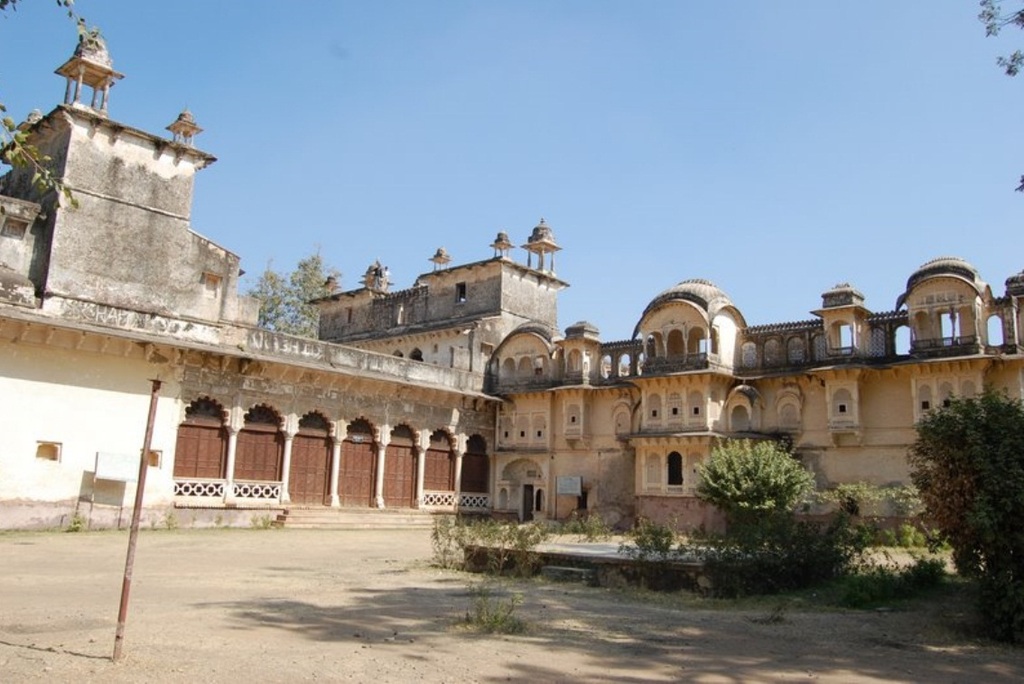
Image - populartemplesofindia.blogspot.com
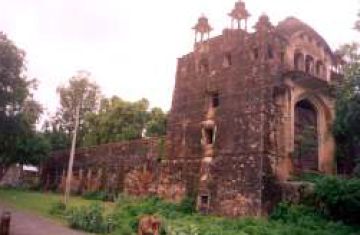

Kuno wildlife sanctuary is situated in the Sheopur district of north-west Madhya Pradesh. The total area is 344.686 sq km, in the Sheopur and Vijapur tehsils of Sheopur district. The sanctuary is situated in an isolated hill, sloping in all directions. The general physiography of the terrain is hilly. It comes under the Vindhya series. The sanctuary falls in the semi-arid zone and has a typical terrain of Central Indian highlands, interspersed with woodlands and meadows. The soil is sandy and sandy-loam, showing a spatial variation in depth. River kuno, a tributary of River Chambal, vertically bisects the sanctuary from north to south. It occupies an area of 5.90 sqkm in the sanctuary.
All the faunal representatives of the dry deciduous forest of the Central india can be found in Kuno i.e. Panther, Tiger, Chital, Sambhar, Black Deer, Chinkara, Bear, Blue bull, chausingha, Jungle cat, Barking Deer, Monkey, Jackals, Hyena, Wild Boar, Fox, Kobra, Nag, Python, Peacock, Kala Teetar, Tree pie, Golden orioles, Drongo, Rollers, Jangli
Murgi, Phakta, Bhura, Teetar.
The Kuno sanctuary consists of dry deciduous forests interspersed with grasslands. Tree: Kardhai, Gurjan, Kher, Kusum, Gurjan, Mahua, Guner, Haldoo, Kullu, Kahua, Semal, Bahera, Tendu, Palas, Bel, Chind, Anwala, Harsingar, Chind, Satawar; Parasites: Bamdha, Amarbel; Grasses: Doob, Lumpy, Machai, Guner, Ponea, Phulara.
The Narrow Gauge rail coach restaurant is located on Shivpuri-Sheopur road 55 Km. from Shivpuri and 5 Km. before Kuno Sanctuary gate on a hilltop attached with PWD rest house known as Kuno Dak Bungalow at the Bank of Kuno River. This rest house 2 rooms and the rail coach restaurant has capacity of 15 persons.
The old name of the district is Sip Pur which is derived from the Sip river on the bank of which it is situated. In course of time, it got corrupted to Shivpur and then to Sheopur. Three-fourth area of the district is covered by dense forests. On one side the Chambal river and on the other side the Kuni river form the boundaries of the district. The illustrious histories of the area begin from Kachchapaghata rulers period in 10th century A.D. Kachchapaghata rulers made Dubkund their capital and ruled from here for five generations. They built enormous temples at Dubkund and Dhanayacha.
A Shiva temple was built at Bhurwada during the period. After the Kachchhapaghatas, the Gour Rajput dynasty established their rule in Sheopur.They built forts and palaces at Sheopur, Dhodhar, Barauda and Bagdo. The Gaur Rajputs were defeated by Daulatrao Scindia who established his sepremacy in the territory. Distance from Gwalior 280 kms.
Sheopur fort & palace
Sheopur, situated 206 km away from Gwalior is reached by both road and rail. The Sheopur fort is build on a high mount on the bank of Sip river. The fort was built in the 18th century AD. in Rajput Style .The Narsingh Mahal, Kachahari, Mahal, the stable and the chhatris of Manohar Das and Aniruddha Singh are important. Two storied Narsingh Mahal has a basement an open courtyard, spacious room and Diwan-e-Aam It has beautiful lattice work and palanquins shaped entrance gate is attractive.
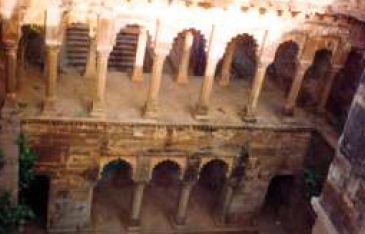
Step-well, Raipura
There exists an ancient step-well on the left side of the road having a three-storeyed baradari beside it. The baradari has pillars and an inscription dating it to Samvat 1791.

Palpur Fortress
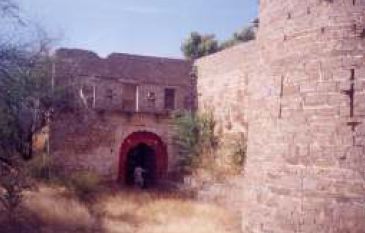
Palpur is situated on the left bank of Kuno river. Massive bastions are built for security of the fortress. Kuno river is a natural safety to the fortress. A Palace, temple and kachahari still exist in side the fortress.


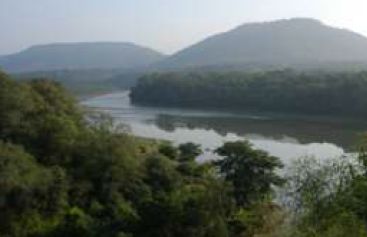

Ancient Haveli Nayagaon
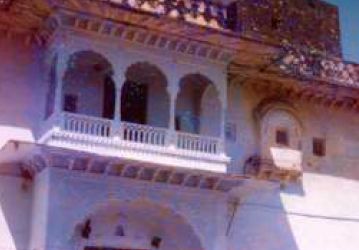
The haveli is located about 20 km from Sheopur on Sheopur-Barauda road. A regular bus service is available for this place. The haveli was built in the 18th century A.D. The two storeyed haveli was built by the Gour Rajput of Baroda It is built of stone, lime and brick. On the entrance gate, a pillered and arched door is built. th The 18 century AD. roof has a latticed railing and on the second Storyed, there are jharokhas in the rooms.
